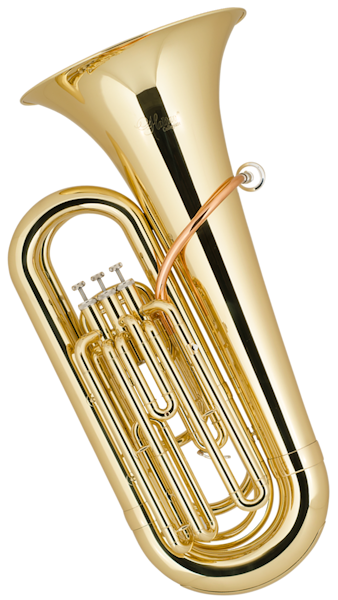Tuba
Brass family
Listen to Examples
Guidelines for Success
- Stature is adequate to handle the size of the instrument.
- Lips are medium to thick. Thin lips tend to be better suited for the French Horn or Trumpet.
- Student is able to sing a common folk song.
- Desire to play the tuba is unwavering.
- Tuba players may start on Euphonium, then switch to Tuba in middle school or rent a Tuba now.
Tuba Supplies
Call to Order
A quality instrument is crucial for successful learning. Parents can call (800) 637-6872 to order supplies from District 47's preferred vendor, Quinlan and Fabish, Mon-Fri. 11am-7pm or Sat. 9am-3pm or order online with the buttons below...
Method Book
5th grade students will read music from their own method book entitled, "Habits of a Successful Beginner Band Musician."

Music Stand
Students will set up their own music stand at full band. We use the Hamilton KB400N music stand and the Hamilton KB12 carrying bag.

3-Ring Binder
Please help our class run smoothly and organize our songs, worksheets and other handouts in a 3-ring binder.

Valve Oil
Tuba players use a valve oil called "Blue Juice." Use 3-4 drops as needed. Watch video.
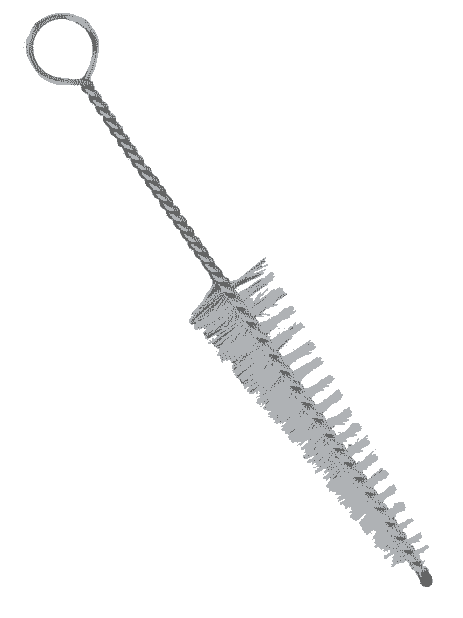
Mouthpiece Brush
Rinse in a sink when using brushes. Watch video.
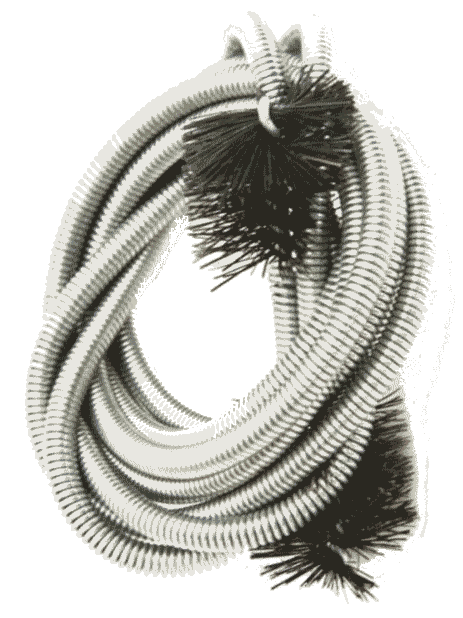
Snake Brush
Rinse in a sink when using brushes.
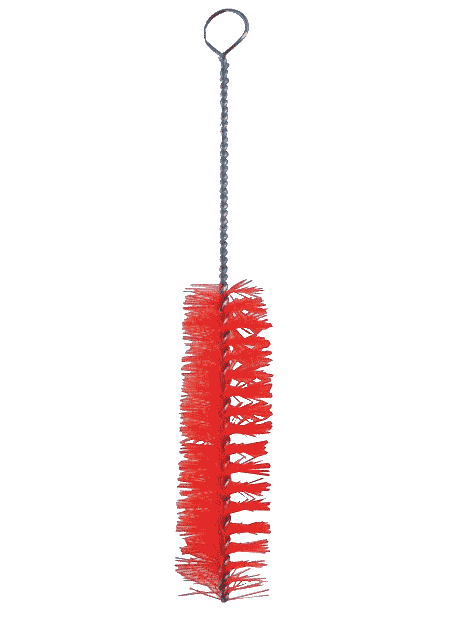
Valve Casing Brush
Rinse in a sink when using brushes.
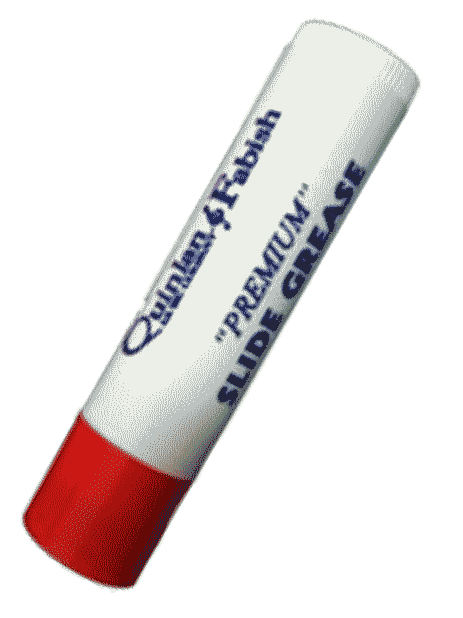
Tuning Slide Grease
Tuba players use Tuning Slide Grease on the main tuning slide and 3 valve slides as needed. Watch video.
Recommended Brands
Origin of Tuba
The tuba comes from a long tradition of trumpet-like instruments used in the ancient world for signaling and ceremony. Only a few notes could be played on these instruments made of conch shells, animal horns, and hollowed branches. By Roman times, and for centuries thereafter, brass instruments were common at military and civilian events.
Inventor of Tuba
The first ancestor of the tuba was the serpent, a large wooden tube covered with black leather. Invented in the late 1500's, this low, mellow sounding instrument was shaped like a snake. It had six finger holes which the player could cover and uncover to create different note.
Tuba Family
While brass instruments had existed for centuries, they remained valveless until 1815. Following the invention of valves, the tuba was developed to complete the choir of brass instruments in military bands. Also called the bass tuba, it was patented in Berlin, Germany in 1835.
Composers & Performers
Manufacturers made tubas in many different shapes and sizes. One of the most successful was an over-the-shoulder model used in the United States during the Civil War. Near the end of the 19th century, the Sousaphone was developed, named in honor of the great bandleader John Philip Sousa. This circular instrument with a forward-facing bell could be carried on the shoulder, making it especially popular for use in marching bands.

